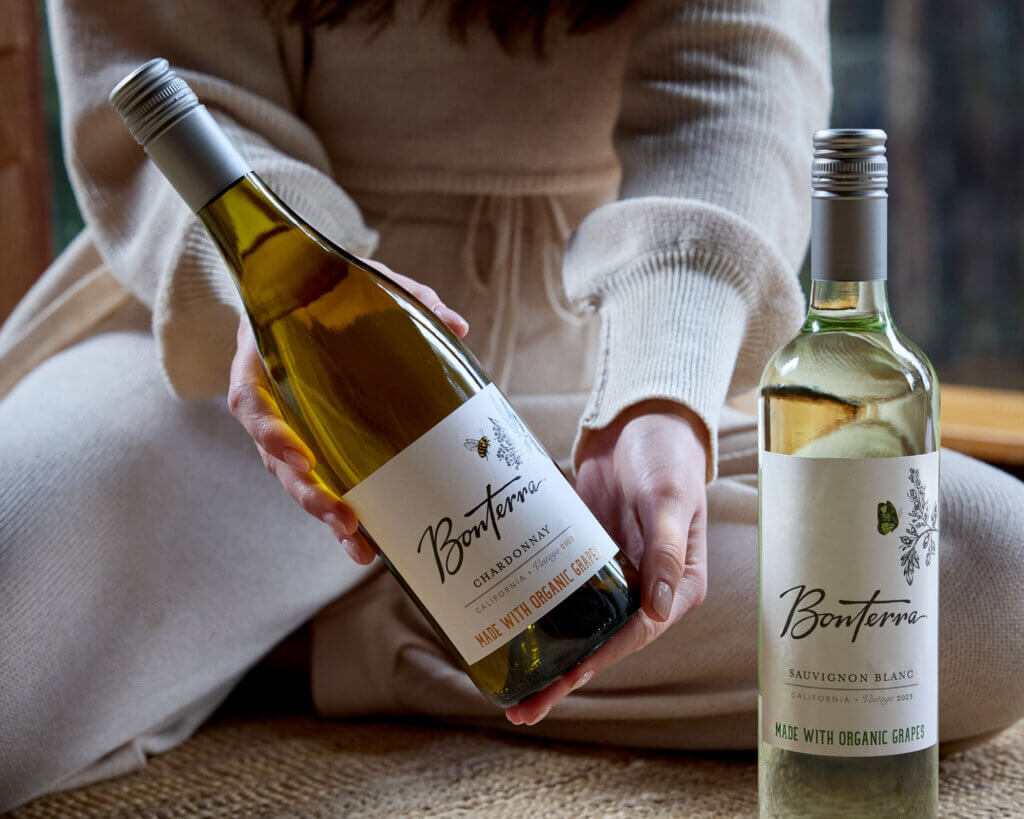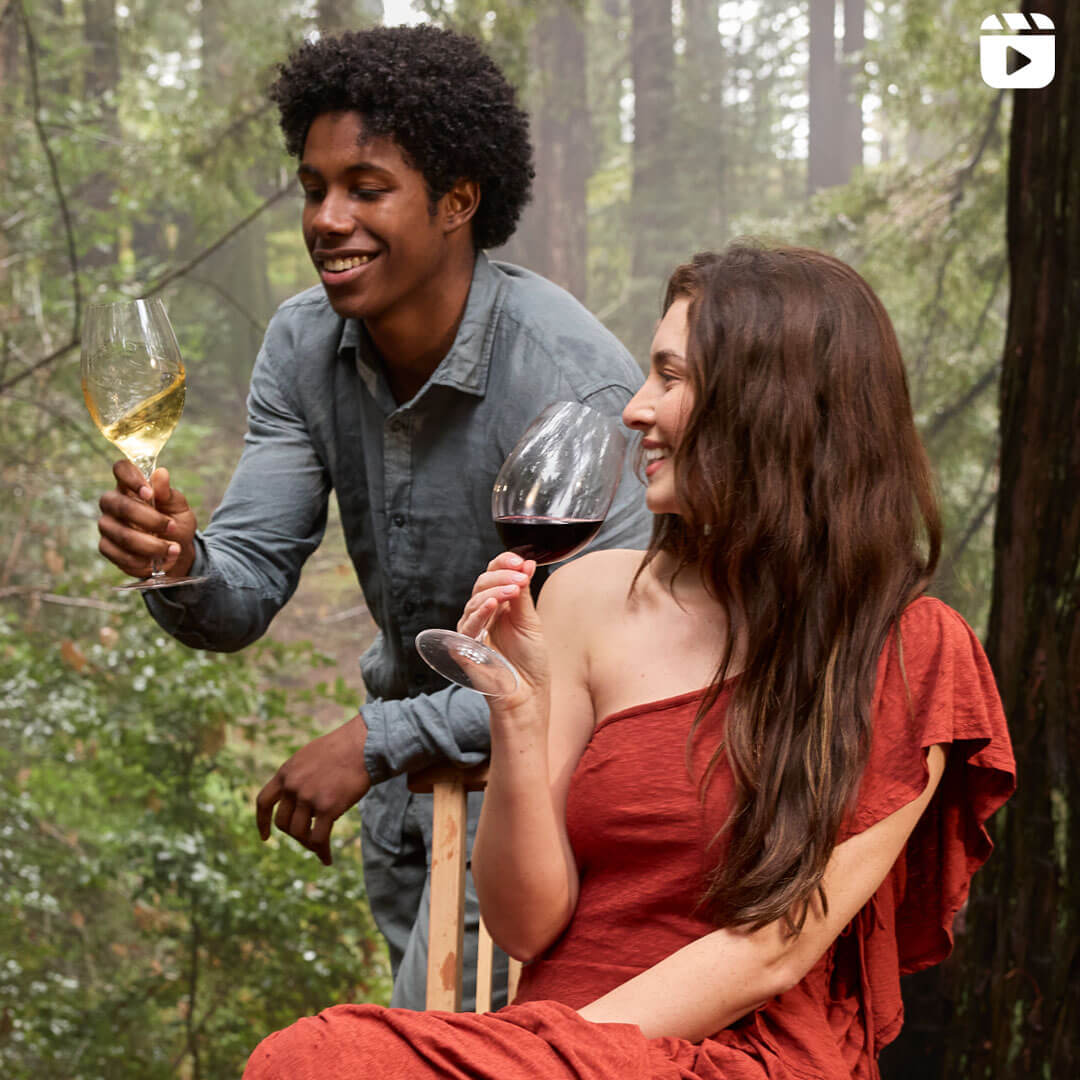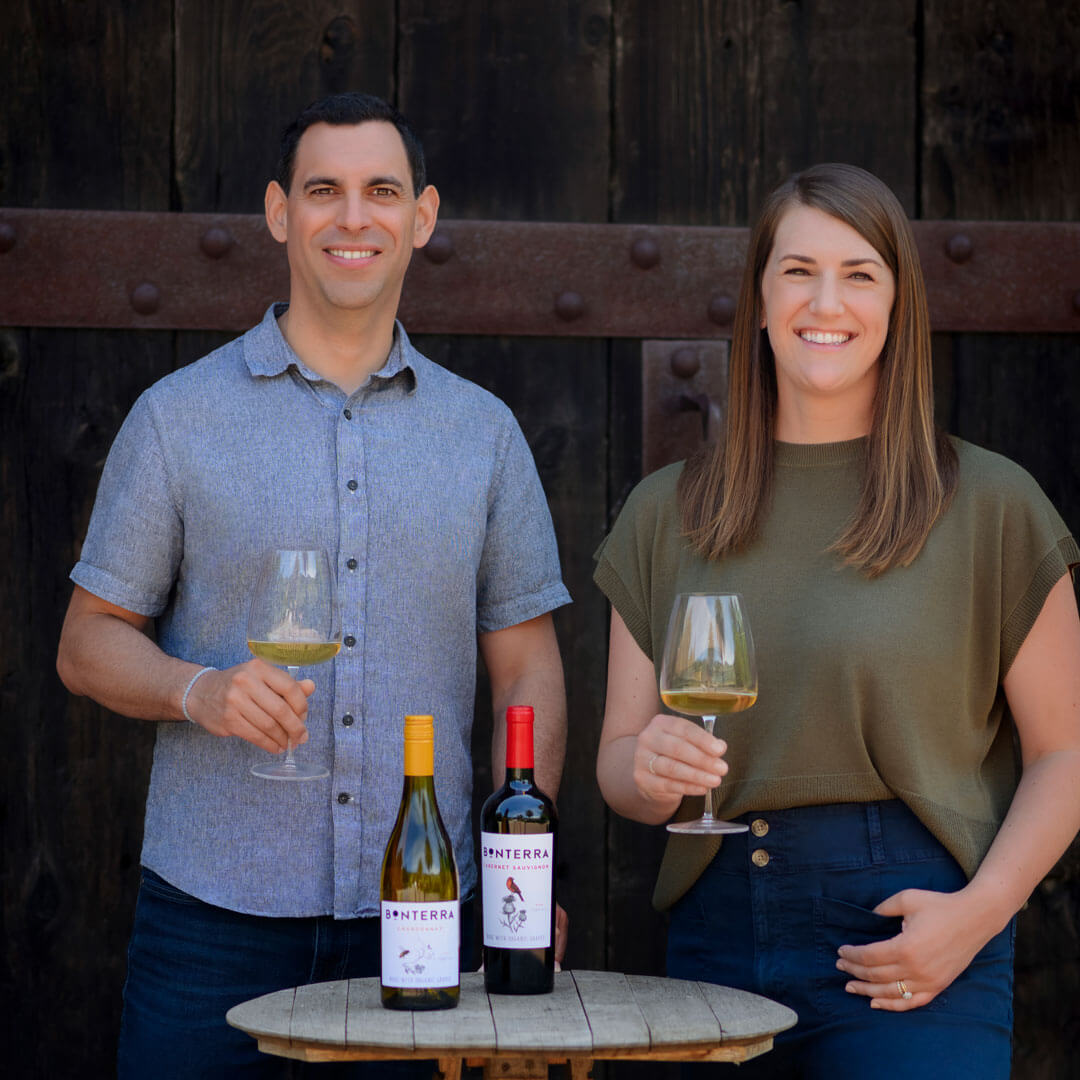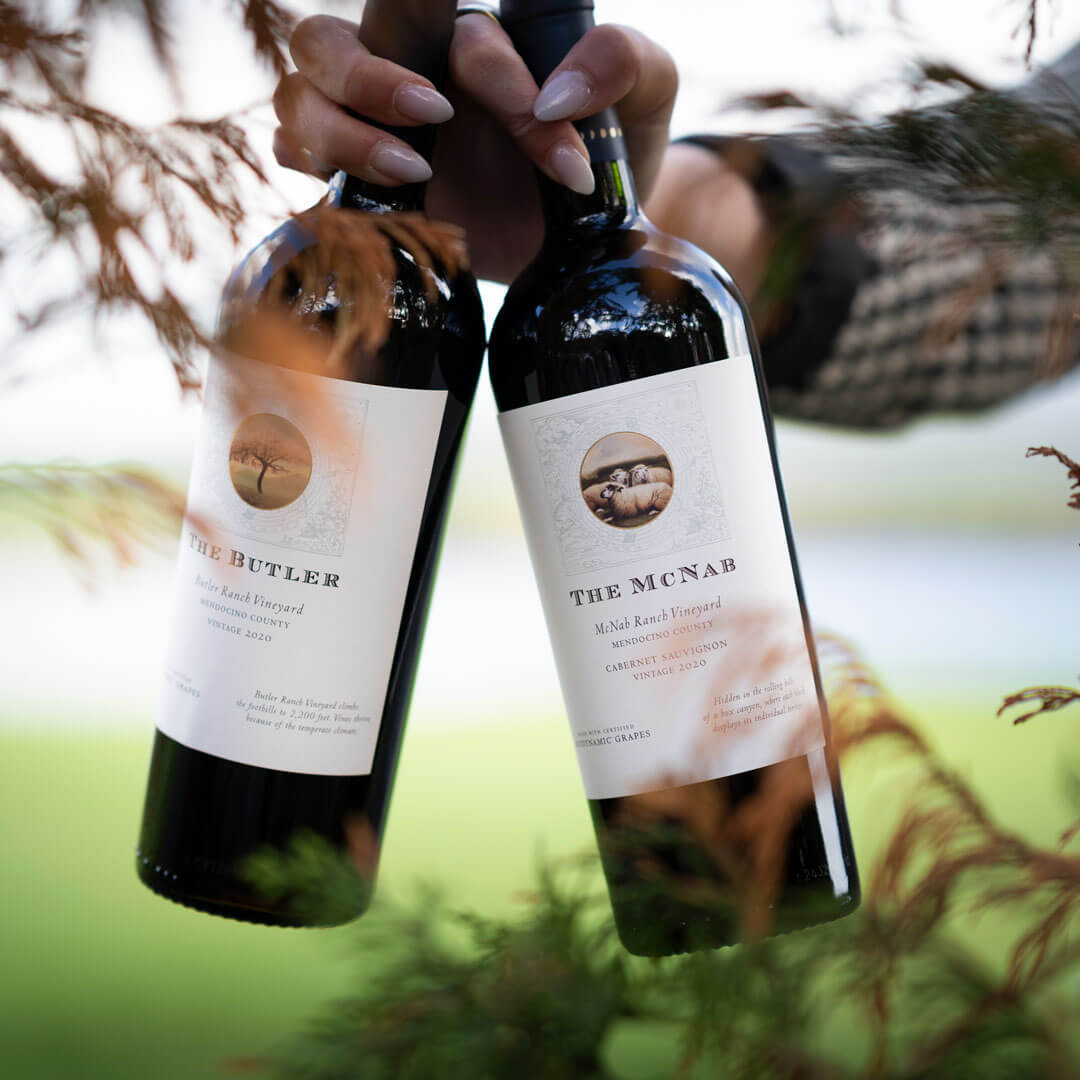The Truth About Wine Aging
Myth: all wines get better with time.
Can wine go bad? The reality and science behind aging wine is quite complex. While some types of wine do improve with a long cellaring, developing deeper flavors over time, many are best enjoyed within a few years of bottling. The aging potential of a wine is influenced by factors such as storage conditions, the wine’s chemical composition, and how it was produced.
Not all wines are crafted for the long haul. Many are made to highlight their vibrant fruitiness and freshness when young; this is especially true for white wines. Understanding when to “drink now” and “save for later” will help you select and enjoy bottles at their peak. Even so, an unopened wine bottle that should be in its prime can still occasionally be spoiled. Here we’ll explore why that happens, and give suggestions on how to avoid it.
The Science of Wine Aging: A Delicate Balance
Wine aging is a complex interplay of chemical reactions, a fascinating dance of elements that can elevate a wine to its peak or lead to its decline. At the heart of this process are three key players: oxidation, tannins, and sulfites, each wielding the power to transform the wine in distinct ways. Understanding the processes of each chemical reaction sheds light on the delicate balance required to age wine successfully.
Oxidation, the reaction of wine with oxygen, is a double-edged sword. In controlled amounts, it can contribute to the development of rich, complex flavors, adding depth and nuance to the wine. However, excessive exposure to oxygen can lead to deterioration, stripping the wine of its vibrancy and leading to stale, flat flavors (and sometimes more unpleasant flavors like metal and vinegar). This delicate balance is why proper storage conditions, particularly for fine wines intended for aging, are crucial.
Tannins, predominantly found in red wines, play a significant role in the aging process. These natural compounds, derived from grape skins, seeds, and stems, or from aging in wooden barrels, act as preservatives that help wine age gracefully. A young, tannic wine can taste quite astringent, but over time, thanks to a chemical reaction called polymerization, the tannins soften and help the wine develop complex secondary flavors. Big, bold wines with a high tannic content tend to age quite well if stored properly. However, wines with fewer tannins may lack the necessary foundation for long-term aging, failing to develop the anticipated depth with time. Most types of red wine tend to have way more tannins than white wines, so it’s no surprise that red wines are typically the wines we associate with aging, while white wine such as Sauvignon Blanc is usually best consumed within a few years.
Sulfites are a critical component in the ability for a wine to age well. These compounds, which occur naturally during fermentation, act as antioxidants and antimicrobials, helping to preserve the wine’s freshness and protect it from spoilage. While some winemakers choose to add significant amounts of synthetic sulfites to ensure longevity and stability, others like Bonterra opt for a more natural approach. By using a minimal amount of naturally-derived sulfites in wine production, Bonterra ensures the wine is the same quality when it is opened as when it was bottled.
Signs of Bad Wine: Recognizing When a Wine May be Spoiled
Even under the best storage conditions, wine can sometimes go bad, leaving a wine enthusiast with a glass that’s bound for the dump bucket. Recognizing the signs of spoiled wine is essential for any wine lover, and it takes the senses of sight, smell, and taste to do so.
Visual Clues. The first sign of a potentially spoiled wine can often be seen. When it comes to white wine, a dark yellow or brown hue might indicate oxidation or aging gone wrong. Red wine on the other hand may lose its vibrant red or purple color, turning more of a brownish tint. While some color change is natural with aging, excessive browning is almost never a good sign.
The Nose Knows! It’s often easy to smell when wine has gone off. It might smell like vinegar (a sign of too much oxidation). A musty, moldy, or wet cardboard scent can suggest cork taint. Spoiled wine can even smell like nail polish remover, cooked garlic, or old pennies. Appetizing, we know!
Taste Test. If a wine passes the visual and smell tests, give it a taste. A wine that’s turned will often taste excessively sour, overly sweet (when not intended to be a dessert wine), or flat and lacking in fruitiness. The presence of any chemical-like flavor is also a telltale sign that the wine is not in its best state. In general, if it tastes bad… it probably is.
Bonterra’s winemakers frequently taste samples from prior vintages to ensure wines are aging as expected. If you believe you may have an issue with the shelf life of our wines, please Contact Us and we will help make it right.
Why Wines Deteriorate:
Wine’s journey from vineyard to glass is fraught with potential pitfalls that can lead to deterioration. Understanding these factors is crucial for both winemakers and wine lovers to ensure the longevity and enjoyment of a bottle.
Improper Wine Storage Conditions: The environment in which wine is stored plays a critical role in its preservation.
- Temperature: Fluctuations are particularly harmful, with excessive heat accelerating aging and potentially cooking the wine, altering its flavor profile. Cold temperatures, conversely, can cause the wine to freeze and expand, risking cork damage and oxidation.
- Light: Exposure to too much light, especially sunlight and fluorescent light, can degrade the organic compounds in wine, leading to what’s often called “lightstrike,” which affects the wine’s aroma and flavor.
- Humidity: Low humidity levels increase the risk of cork drying out, leading to oxygen infiltration and spoilage. Conversely, excessive humidity can promote mold growth, potentially damaging labels and affecting cellar conditions.
Oxygen Exposure: While a small amount of oxygen is integral to the aging process, allowing wines to develop complexity, too much exposure can lead to oxidation, resulting in a loss of fruitiness and freshness, and in severe cases, turning the wine to vinegar.
Cork Taint: This phenomenon, caused by the presence of TCA (2,4,6-trichloroanisole) in contaminated corks, imparts a musty, moldy odor and taste to wine. Cork taint does not result from the wine’s inherent qualities but from external contamination, affecting even the most meticulously crafted fine wine varieties.
Bonterra is always working to minimize the risks of wine deterioration. By controlling storage conditions, utilizing high-quality corks (and a wine stopper on some of our wines, which eliminates the risk of cork taint altogether!), and monitoring oxygen exposure throughout the winemaking process, we do everything we can to safeguard against spoilage and preserve the character of each wine bottle.
Best Practices for Storing Wine
Proper storage is key for preserving wine’s quality and extending its lifespan, especially for opened wine bottles. Here are some recommendations for creating the ideal conditions for wine storage.
Temperature Control: The optimal temperature for storing wine is around 55°F (13°C). Consistency is key; fluctuations in temperature can hasten aging or cause damage. Cooler temperatures slow aging, allowing wines to develop complexity and character over time.
Humidity Levels: Aim for a humidity level between 60-70%. This range helps keep corks in good condition, preventing them from drying out (which could allow air to enter even an unopened bottle) or becoming too moist (which could lead to mold growth). Using a humidifier or dehumidifier in storage areas, whether a wine cooler or wine cellar, can help maintain these levels and overall shelf life.
Minimizing Light Exposure: Store wine away from direct sunlight and bright artificial lights, which can degrade and prematurely age wine. Dark conditions are ideal, especially for light-colored and sparkling wine varieties, which are more sensitive to light.
Positioning: Whether you have an open or unopened wine bottle, it should ideally be stored on its side This keeps the liquid in contact with the cork, which helps prevent it from drying out and ensures a better seal against oxygen.
Vibration: Minimize vibration from appliances or heavy traffic, as it can disturb the sediment in wine, potentially affecting its development and flavor.
Don’t Worry, Drink Happy
The good news is that most bottles of wine you encounter in your life will be just as the winemaker intended. However, especially if you drink wine long enough, you’re sure to come across a bad wine bottle or two. You’re now equipped with all the information you need to keep those bottles in optimal conditions in the first place, and recognize when an old wine bottle has gone off and should be dumped instead of drunk.
At Bonterra Wine, we are dedicated to producing high-quality wines with organic grapes that will age as intended so you can enjoy them to their maximum. We invite you to buy wine online, particularly the Bonterra wine set, to explore a diverse range of wines, including our Single Vineyard and Estate Collection wines which are Regenerative Organic Certified, and embrace the future of winemaking by opting for organic wineries like Bonterra that champion the health of our planet and its people while making exquisite wines.
—
Join Bonterra’s Wine Club to enjoy quarterly club shipments of premium wines, including our acclaimed red wines (Cabernet Sauvignon, Pinot Noir, Merlot, Zinfandel, Red Blend Wines, and more) and our award-winning white wines (Chardonnay, Sauvignon Blanc, Pinot Grigio/Pinot Gris, and more). Explore our curated wine gift sets, perfect for sharing a special treat with other wine lovers. Toast to the good times with a glass from Bonterra.




